Noldorin represents a sophisticated constructed language created by J.R.R. Tolkien for his Middle-earth legendarium. The language evolved from Early Noldorin to become the primary tongue of the Ñoldor, the most skilled and ambitious tribe of Elves who dwelt in Valinor.
The development of Noldorin showcases Tolkien's mastery of linguistic evolution, with its complex past tense patterns and distinctive plural forms reflecting the depth of his philological expertise. The language underwent significant changes throughout Tolkien's creative process, eventually forming the foundation for what would later become Sindarin in The Lord of the Rings.
This ancient tongue of the Noldor demonstrates unique phonological characteristics that set it apart from other Elvish languages in Tolkien's vast linguistic framework. Its grammar and vocabulary reveal the sophisticated culture of its speakers, who were renowned as craftsmen, loremasters, and warriors among the Eldar.
Origins and Early History

The Noldorin language evolved through three distinct periods that shaped its development as the primary tongue of the Noldor. The journey from Cuiviénen to Beleriand marked crucial changes in its linguistic structure and vocabulary.
Cuiviénen and the First Awakening
The Noldorin language originated among the Tatyar, the second clan of Elves who awoke at Cuiviénen. These Elves, later known as the Noldoli, possessed an innate desire for knowledge and craftsmanship that influenced their early speech patterns.
The earliest forms of Noldorin developed distinct consonant mutations and plural endings that would characterize the language throughout its history.
Their immortal nature allowed for careful preservation of linguistic traditions, though the language continued to evolve through contact with other Elvish groups at Cuiviénen.
Departure from Valinor
In Valinor, Noldorin underwent significant refinement under the influence of the Valar. The language adopted new terms related to crafts, lore, and the advanced skills the Noldor developed in the Blessed Realm.
The linguistic developments during this period included specialized vocabulary for:
- Gemcraft and metallurgy
- Scientific knowledge
- Architecture
- Written scripts
Arrival in Beleriand
The Noldor's return to Middle-earth brought their language into contact with Sindarin and other native tongues. This period saw the emergence of regional dialects and new vocabulary reflecting their experiences in exile.
The language preserved many classical forms from Valinor while incorporating terms for new concepts encountered in Beleriand. The interaction with local Elvish languages led to mutual influence and borrowing.
Noble houses of the Noldor maintained distinct dialectal variations, particularly in names and formal speech.
Language and Literature
The Noldorin language evolved through distinct stages, from its origins in Valinor to its later influences on Middle-earth speech. The complex relationship between Noldorin and other Elvish languages shaped its development and literary traditions.
Development of Noldorin Language
Noldorin Quenya emerged as the primary dialect of the Noldor in Valinor, developing closely alongside the language of the Valar.
The language featured distinctive phonetic patterns, including complex consonant clusters and systematic sound changes. Old Noldorin forms demonstrated unique characteristics before evolving into later variants.
The writing system primarily used Tengwar, though some texts also employed Cirth runes. Scribes adapted these systems to accommodate Noldorin's specific phonetic requirements.
Influence of Other Elvish Tongues
Two major Elvish languages significantly influenced Noldorin development: Vanyarin and the early speech of Thingol.
The lexicon incorporated elements from various Eldarin tongues, creating a rich vocabulary. Each lexeme could manifest in thousands of different forms across related languages.
Noldorin maintained distinct features while sharing common roots with other Elvish languages, particularly in its treatment of consonant mutations and vowel changes.
Sindarin and Quenya Relations
Noldorin's relationship with Sindarin proved complex, as the Noldor adopted much of Sindarin speech after returning to Middle-earth.
The language preserved elements of Quenya grammar while incorporating Sindarin vocabulary and phonetic changes. This fusion created a unique linguistic bridge between Valinor and Middle-earth traditions.
Early dialectical variations show the gradual merger of Noldorin features with Sindarin patterns, especially in verb structures and noun declensions.
Prominent Figures of the Noldor

The Noldorin royal lineage produced many of Middle-earth's most influential leaders and craftsmen, shaping the destiny of Elves and other races through their deeds, creations, and conflicts.
Fëanor and the Silmarils
Fëanor stands as the greatest craftsman among the Noldor, creating the three Silmarils that captured the light of the Two Trees of Valinor. His unmatched skill in crafting and lore led to the development of the Tengwar writing system.
His fierce pride and possessiveness of the Silmarils led to devastating consequences. After Morgoth stole the jewels, Fëanor swore his famous oath alongside his seven sons, leading many Noldor into exile from Valinor.
The pursuit of the Silmarils resulted in multiple Kinslayings, with Fëanor's sons Maedhros and other brothers leading tragic assaults against fellow Elves. Celebrimbor, Fëanor's grandson, later distanced himself from his family's dark legacy.
Finwë's Lineage
Finwë's three sons - Fëanor, Fingolfin, and Finarfin - established the main branches of Noldorin nobility. Each line produced remarkable leaders.
Fingolfin became High King of the Noldor in exile, famously dueling Morgoth himself. His children included the valiant Fingon and Turgon, the hidden king of Gondolin.
Finarfin's line brought forth Galadriel, wielder of Nenya, and Finrod Felagund, founder of Nargothrond. His descendants maintained strong ties with both the Valar and other Elven peoples.
Kings and Commanders
The Noldorin military leadership proved crucial in the wars against Morgoth and Sauron. Fingon the Valiant served as High King and rescued Maedhros from Thangorodrim.
Turgon built the secret city of Gondolin, ruling it for centuries until its fall. His great-grandson Gil-galad became the last High King of the Noldor, forming the Last Alliance with Elendil.
Military prowess marked many Noldorin rulers. Maedhros established the Union of Maedhros to challenge Morgoth, while Gil-galad led the Noldorin forces in the War of the Last Alliance.
Key Locations in Noldorin History
The Noldorin Elves established several powerful realms across Beleriand and Middle-earth, creating magnificent cities and fortresses that served as centers of craft, learning, and military might. Their settlements played crucial roles in shaping the history of Arda.
Kingdom of Gondolin
The hidden city of Gondolin stood as the most secretive and well-defended Noldorin realm in Beleriand. King Turgon built this fortress city in Mithrim based on his memories of Tirion upon Túna.
White walls of marble surrounded Gondolin, with seven gates guarding the only entrance through the encircling mountains. The city's architecture featured soaring towers, beautiful fountains, and the King's Square at its heart.
The city survived in complete secrecy for nearly 400 years, longer than any other Noldorin realm in Beleriand. Its population included both Noldor and Sindar elves living in harmony until its fall to Morgoth's forces.
Realms of Nargothrond and Eregion
Nargothrond, carved into the banks of River Narog, became the greatest realm of the Noldor in Beleriand under King Finrod Felagund. Its vast halls and chambers stretched deep underground, incorporating natural caves enhanced by Noldorin craftsmanship.
The smiths of Eregion, led by Celebrimbor, established their realm near the western gates of Khazad-dûm. Their capital Ost-in-Edhil housed the greatest jewelsmiths since Fëanor himself.
Eregion maintained strong ties with the Dwarves of Khazad-dûm, leading to unprecedented cooperation between the two races. This partnership produced many masterworks of craft and architecture.
Exile to Middle-earth and Settlements
The Noldor first established temporary settlements around Lake Mithrim after their return to Middle-earth. These camps served as staging points for their later expansion across Beleriand.
Himring fortress, ruled by Maedhros, stood as the strongest bastion in East Beleriand. Its strategic position on Himring hill made it vital in defending against Morgoth's forces.
Many Noldor later settled in Lindon under Gil-galad's rule after the War of Wrath. Some groups moved eastward, establishing communities in Lothlórien and other realms where they shared their knowledge and craft with the Sindar and Silvan elves.
Cultural and Social Structure
The Noldorin society balanced strict hierarchical structures with meritocratic values, emphasizing both noble lineage and individual achievement through craft and learning. Their complex social organization reflected their status as the most skilled and ambitious of the Eldar.
Clans and Kinships
The Noldor organized themselves into Great Houses, led by noble families who traced their lineage to the original Elven awakening. These houses formed the foundation of their social and political structure.
Each house maintained its own traditions, heraldry, and specialized crafts. The House of Fëanor exemplified this system, combining political power with unmatched skill in metallurgy and gemcraft.
Women held significant positions within Noldorin society, as demonstrated by figures like Galadriel who was noted for her exceptional height and strength even among the Noldor.
Craftsmanship and Artistry
The Noldor excelled in metalwork, jewel-craft, and the creation of enchanted objects. Their smiths developed techniques for forging weapons and armor that remained unequaled in Middle-earth.
Their artistic achievements extended beyond metalwork to include sculpture, architecture, and the creation of sophisticated writing systems. The Noldorin approach to technology emphasized harmony between craft and nature.
Many of their greatest works, like the Silmarils, combined practical skill with deep spiritual and artistic significance.
Education and Knowledge
The Noldor valued intellectual pursuit above all other elvish kindreds. They developed formal systems of education focusing on linguistics, craft-lore, and history.
Their scholars maintained extensive libraries and archives, preserving knowledge from the Years of the Trees. Young Noldor spent decades in apprenticeship, learning both theoretical wisdom and practical skills.
The dark-haired Noldor took pride in their role as teachers to other races, sharing their knowledge of metallurgy and letters with the Edain and Dwarves while maintaining certain secrets within their own circles.
Political Alliances and Conflicts
The Noldor's history was shaped by complex political relationships and devastating conflicts that determined the fate of Middle-earth. Their decisions led to both powerful alliances and tragic bloodshed that echoed through the ages.
Alliance with Other Elven Kindreds
The political structure of the Noldorin kingdoms centered on maintaining strong ties with other Elven peoples. Gil-galad, as High King of the Noldor, governed a diverse realm that included both Noldorin and Sindarin Elves.
The Noldor formed crucial partnerships with the Sindar in Beleriand, combining their advanced craftsmanship and lore with the Sindar's knowledge of Middle-earth. These alliances strengthened their realms and created centers of power like Nargothrond and Gondolin.
Trade and cultural exchange flourished between the allied kindreds, particularly in regions where their territories overlapped.
Wars Against Morgoth
The Noldor led the most significant military campaigns against Morgoth's forces in the First Age. The Battle of Dagor-nuin-Giliath marked their first major victory, though at great cost.
The Siege of Angband demonstrated their military might, as they contained Morgoth's forces for nearly 400 years. This period saw the establishment of powerful fortresses and watchposts.
Morgoth's forces, led by Gothmog and the Balrogs, eventually broke the siege. These conflicts culminated in several devastating battles that greatly diminished Noldorin power in Middle-earth.
The Kinslaying and its Repercussions
The First Kinslaying at Alqualondë marked a tragic turning point for the Noldor. This terrible act of violence against their Telerin kin led to the Doom of Mandos.
The ban on returning to Valinor affected the leaders of the rebellion most severely. This exile shaped Noldorin politics and society throughout the First Age.
The stigma of the Kinslaying created lasting tensions between the Noldor and other Elven peoples. Some Noldorin groups, like Fingolfin's followers, worked to distance themselves from these dark deeds through honorable actions and alliances.
Religion and Beliefs

The Noldor maintained complex religious beliefs centered around the Valar, divine beings who shaped Arda. Their faith intertwined deeply with prophecies and an inherent reverence for light, particularly the Two Trees of Valinor.
Valar Worship and the Elves' Fate
The Noldor held strong spiritual connections to the Valar, especially Aulë who taught them craftsmanship and Elbereth the Star-kindler. Their worship manifested through songs, ceremonies, and skilled craftsmanship rather than formal religious structures.
The Noldor believed in the possibility of sailing to the Undying Lands of Eldamar, where many of their kin dwelt in the presence of the Valar. This belief persisted even after their exile from Valinor.
Many Noldor maintained shrines and sacred spaces dedicated to the Valar, though these were typically personal rather than communal gathering places.
Doom of Mandos and Prophecies
The Doom of Mandos profoundly shaped Noldorin religious thought after their rebellion. This prophecy, spoken by Námo Mandos, foretold the hardships and sorrows awaiting the Noldor in Middle-earth.
The prophecy specifically mentioned their crossing of the Helcaraxë and the tragic consequences of the Kinslaying at Alqualondë. These events became deeply embedded in Noldorin cultural memory.
The Noldor viewed prophecies as divine communications, treating them with great reverence and recording them meticulously in their histories.
Symbolism and Reverence of Light
Light held supreme religious significance for the Noldor, particularly the light of the Two Trees which they captured in the Silmarils. This reverence influenced their spiritual practices and artistic expressions.
The Noldor crafted countless works of art and architecture that incorporated light-capturing elements, reflecting their spiritual connection to the original light of Valinor.
Stars held special meaning as reminders of Elbereth's power and the light of the Two Trees. The Noldor often oriented their most sacred spaces toward the evening star.
Legacy and Influence on Modern Works
The Noldorin legacy extends far beyond Tolkien's original works, shaping modern fantasy literature, media adaptations, and creative interpretations across multiple artistic mediums.
Tolkien's Creation and World-Building
Tolkien's intricate development of the Noldor established them as complex beings who excelled in craftsmanship, poetry, and scholarly pursuits. Their tragic history and noble characteristics became foundational elements in his legendarium.
The Noldor's sophisticated culture and technological advancement influenced the portrayal of elves throughout The Silmarillion and The Lord of the Rings, moving away from traditional fairy-tale depictions.
Their distinctive traits - pride, skill in metallurgy, and pursuit of knowledge - created a template for depicting advanced civilizations in fantasy literature.
Noldorin Adaptations in Media
Film and television adaptations have visualized the Noldor through costume design, architecture, and artistic elements, particularly in Peter Jackson's film trilogies.
Video games like "The Lord of the Rings Online" feature Noldorin artifacts, ruins, and cultural elements as key components of their world-building.
Digital artists and illustrators continue to interpret Noldorin aesthetics through detailed artwork, often emphasizing their sophisticated craftsmanship and elegant design sensibilities.
Cultural Impact and Fantasy Genre
Modern fantasy fiction frequently draws inspiration from the Noldor's complex society structure and their balance of artistic and martial prowess.
The concept of an ancient, sophisticated race with advanced knowledge has become a common trope in fantasy world-building, directly influenced by the Noldorin archetype.
Role-playing games, both tabletop and digital, frequently incorporate elements of Noldorin culture in their elvish societies and magical systems.
Contemporary authors often reference or adapt Noldorin characteristics when creating their own elevated races or civilizations in fantasy settings.
Frequently Asked Questions

The Noldor were among the most influential of all Elven peoples, known for their exceptional craftsmanship, complex linguistic traditions, and rich cultural heritage. Their legacy spans multiple ages of Middle-earth's history, from the glorious days of Valinor to the darkening of Beleriand.
What is the difference between Noldor and Quenya Elven dialects?
Noldorin language evolved from Quenya but developed distinct characteristics during the exile of the Noldor in Middle-earth.
The Noldor initially spoke Quenya in Valinor, but their dialect acquired unique features after separation from the Vanyar and Teleri.
Names of towns, fields, hills, and rivers in Noldorin territories reflect this linguistic evolution, showing both Quenya roots and novel developments.
How do the Noldor Elves differ from the Sindarin Elves?
The Noldor were High Elves who had dwelt in Valinor and seen the light of the Two Trees, while the Sindarin never crossed the sea.
The Noldor possessed greater technological knowledge and crafting abilities, particularly in metallurgy and gemcraft.
Their cultures diverged significantly, with the Noldor developing unique writing systems distinct from Sindarin traditions.
What language is traditionally spoken by the Noldor?
The Noldor originally spoke Quenya in Valinor, maintaining it as their ceremonial language throughout their history.
In Middle-earth, many Noldor adopted Sindarin for daily use, especially after King Thingol's ban on Quenya.
They retained their own distinctive script systems for recording both languages, showcasing their scholarly nature.
Which notable Elves in Tolkien's lore are identified as being of Noldorin descent?
Fëanor stands as the most renowned Noldorin Elf, creator of the Silmarils and the Tengwar writing system.
Galadriel, daughter of Finarfin, represented one of the most powerful Noldorin rulers in the Third Age.
Gil-galad, the last High King of the Noldor, led his people during the Second Age until the War of the Last Alliance.
What are the specific characteristics of Noldorin weapons and artifacts?
Noldorin craftsmen created weapons and armor of exceptional quality, often incorporating gems and precious metals into their designs.
Their swords possessed unique properties, including the ability to glow when orcs were near.
The Noldor of Eregion were particularly skilled in creating magical items, including the Rings of Power.
Can you provide a brief summary of the Noldor's history within Middle-earth?
The Noldor's exile from Valinor began with Fëanor's oath and the flight to Middle-earth after the darkening of Valinor.
They established powerful kingdoms in Beleriand, including Gondolin and Nargothrond.
Their influence continued through the Second Age in realms like Eregion, though their numbers and power gradually diminished into the Third Age.

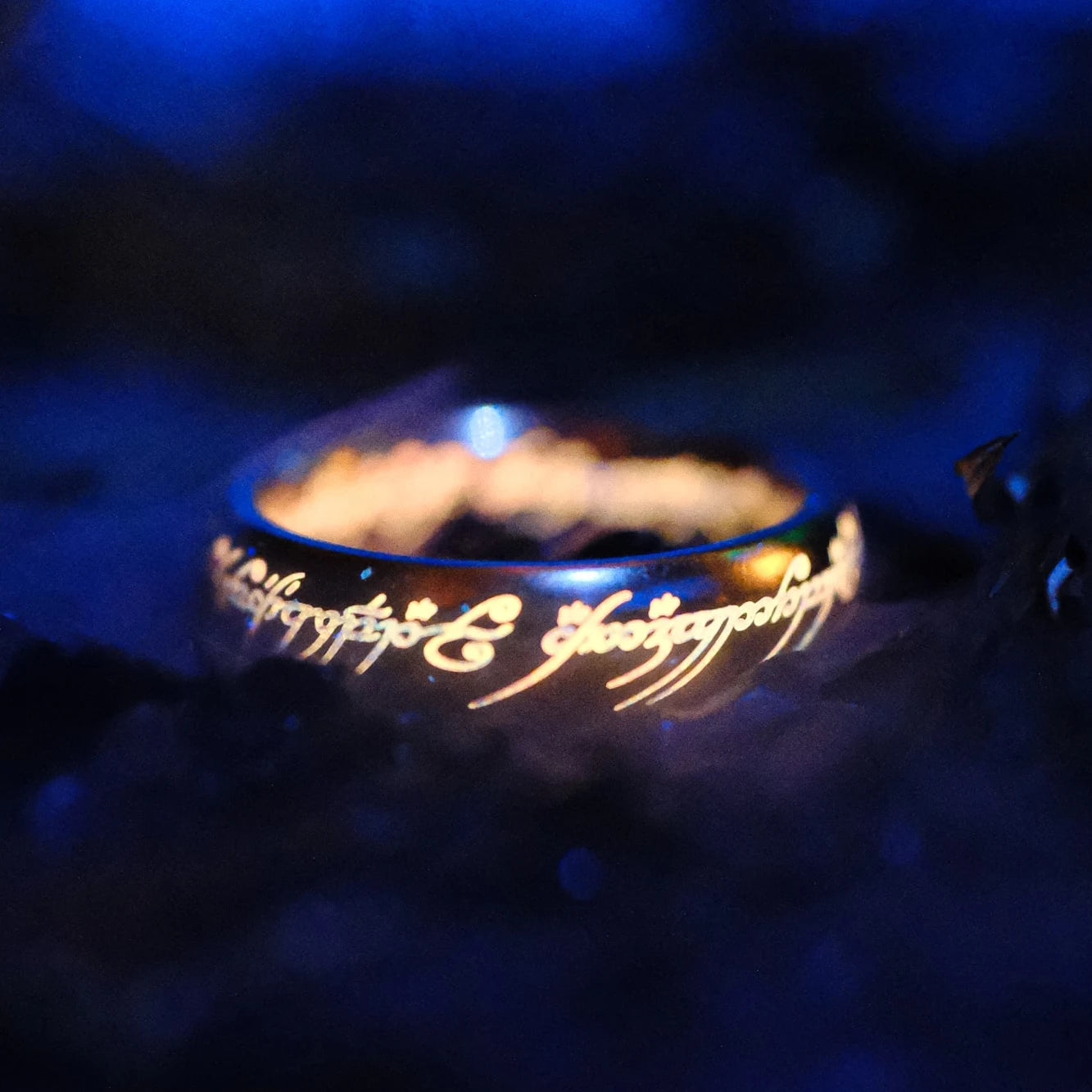

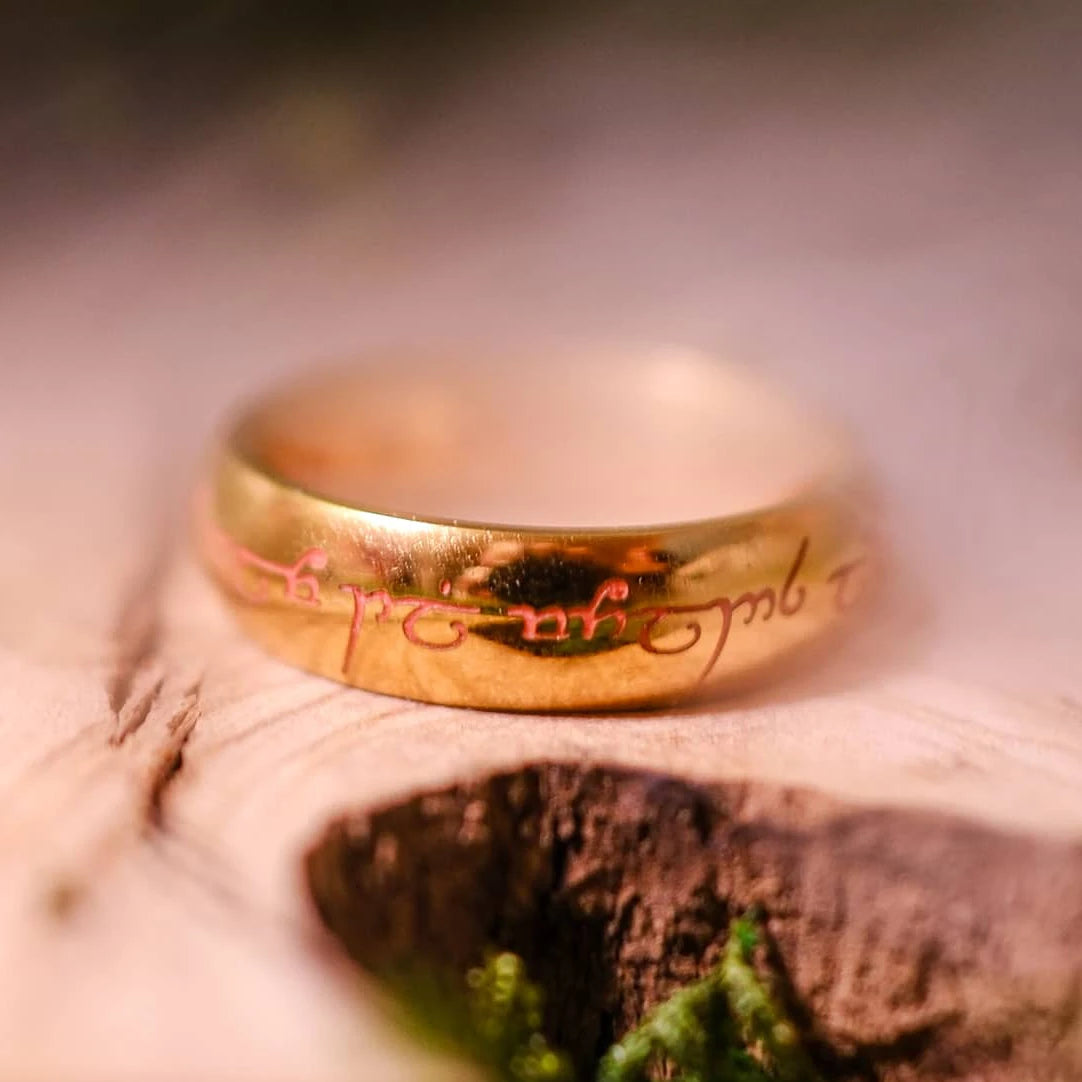
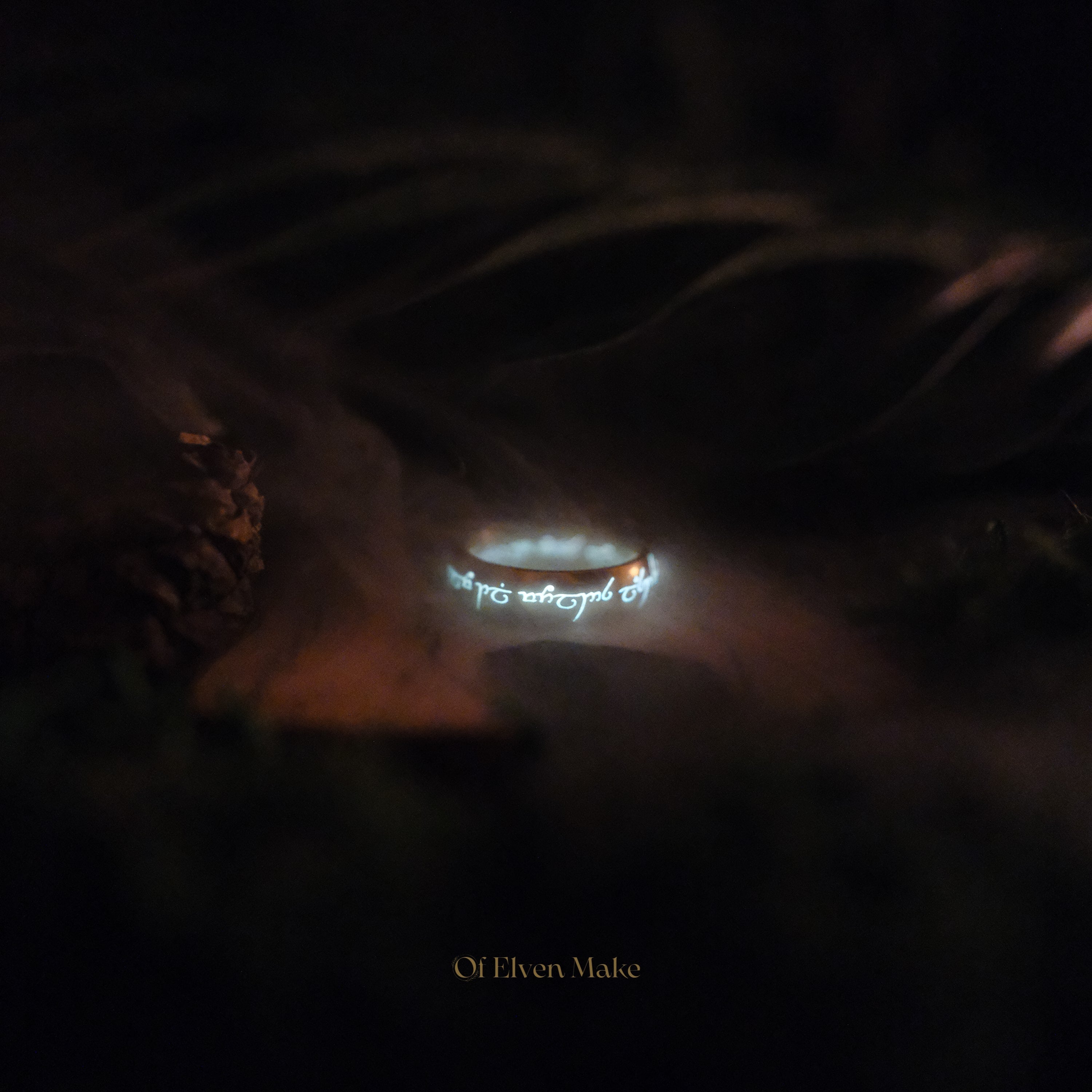
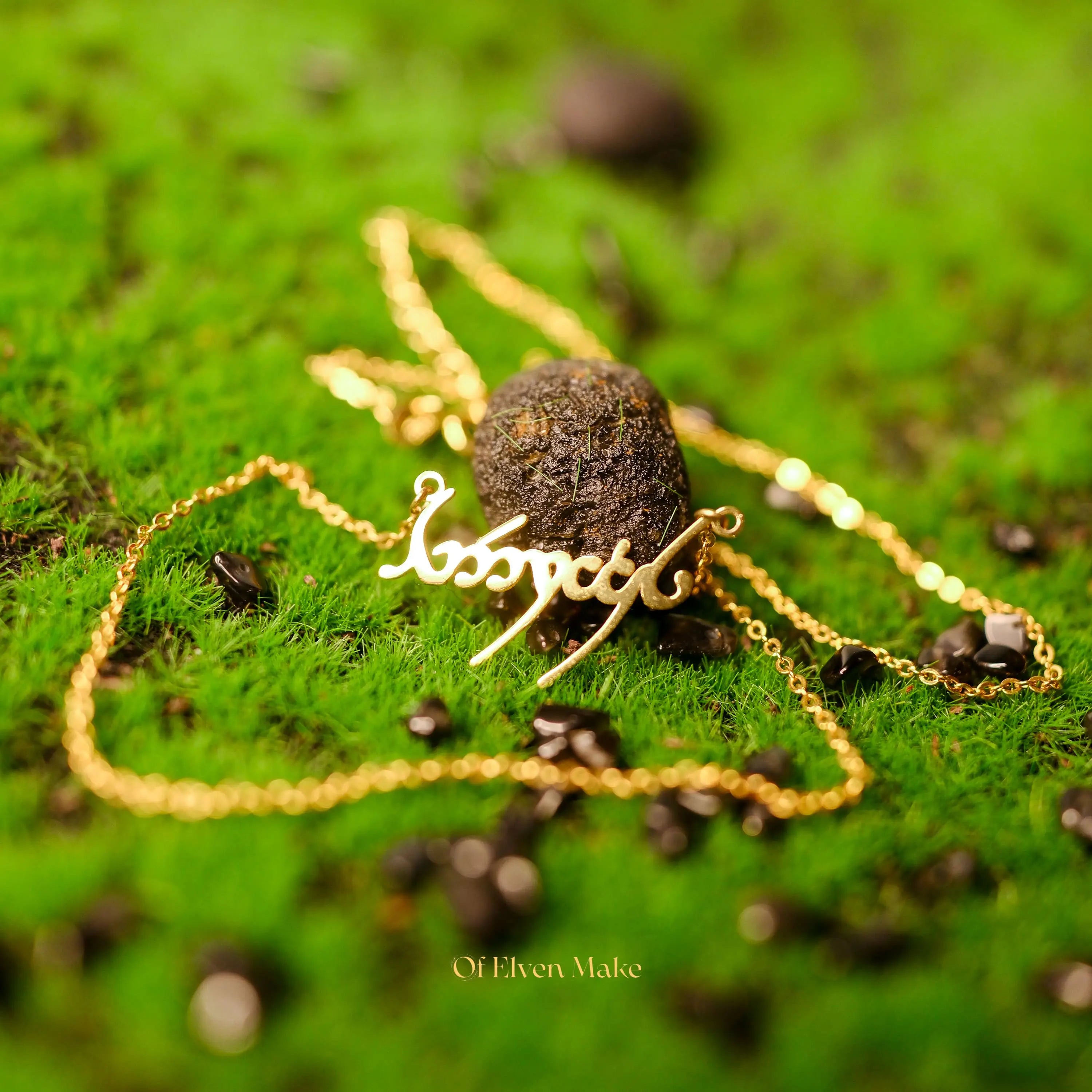
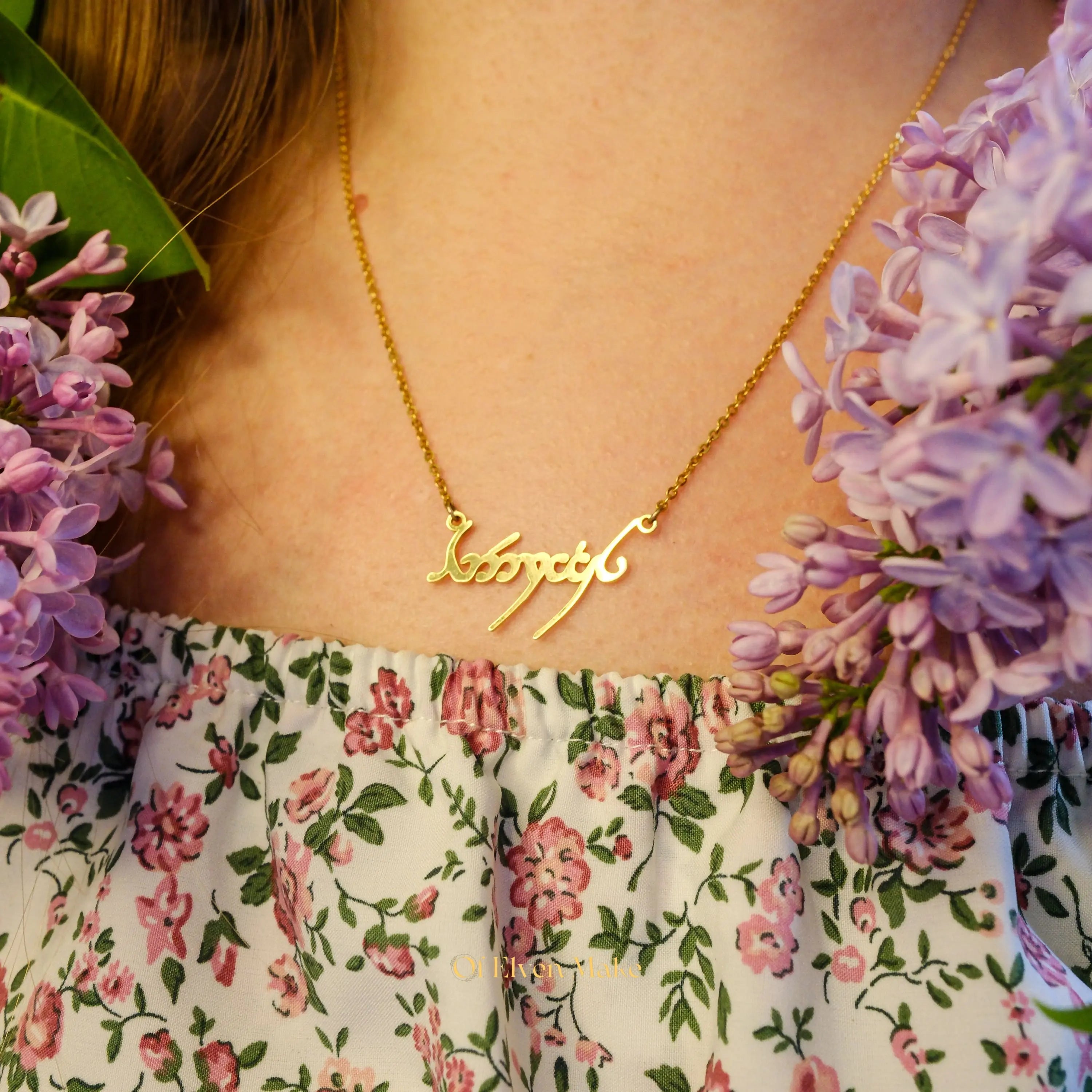


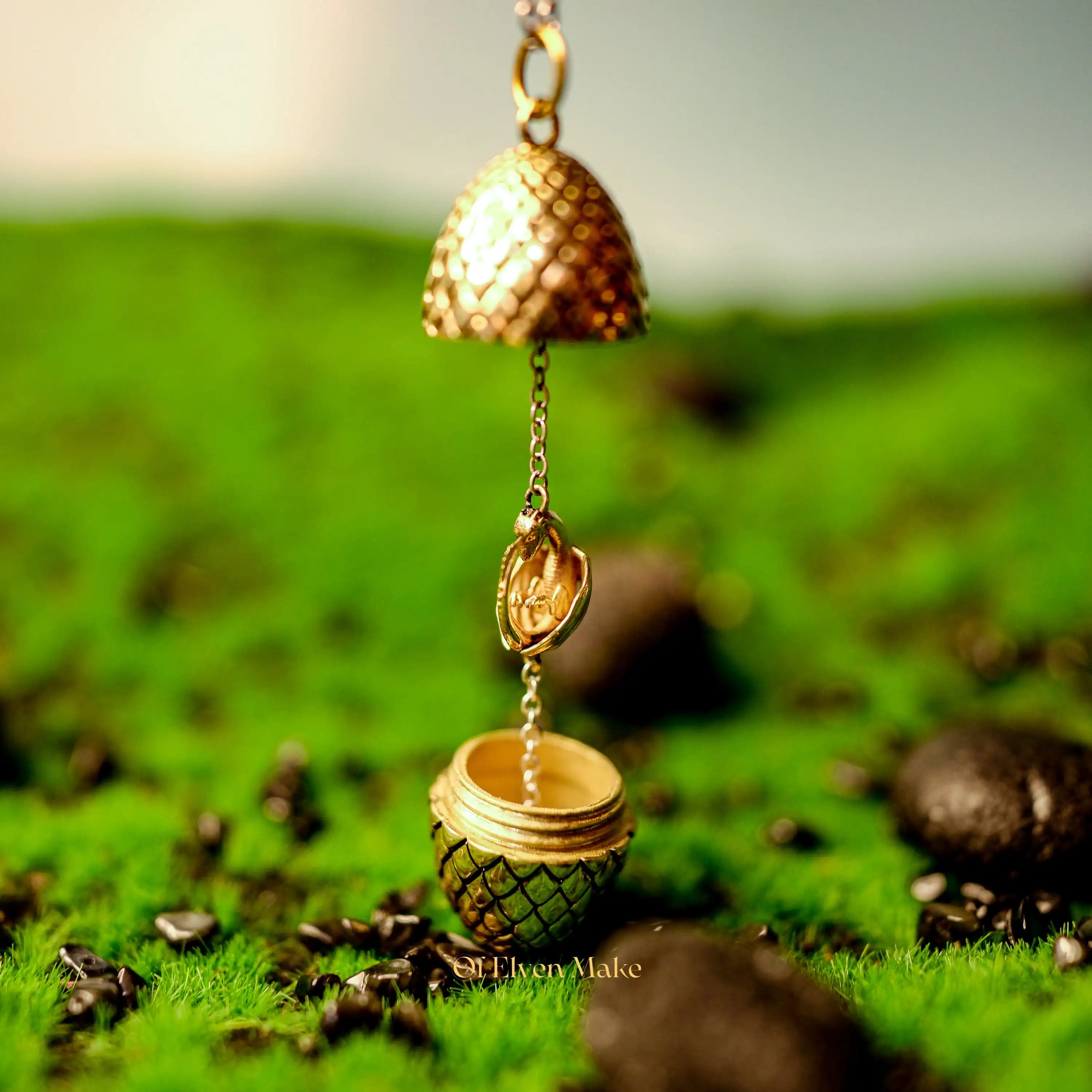
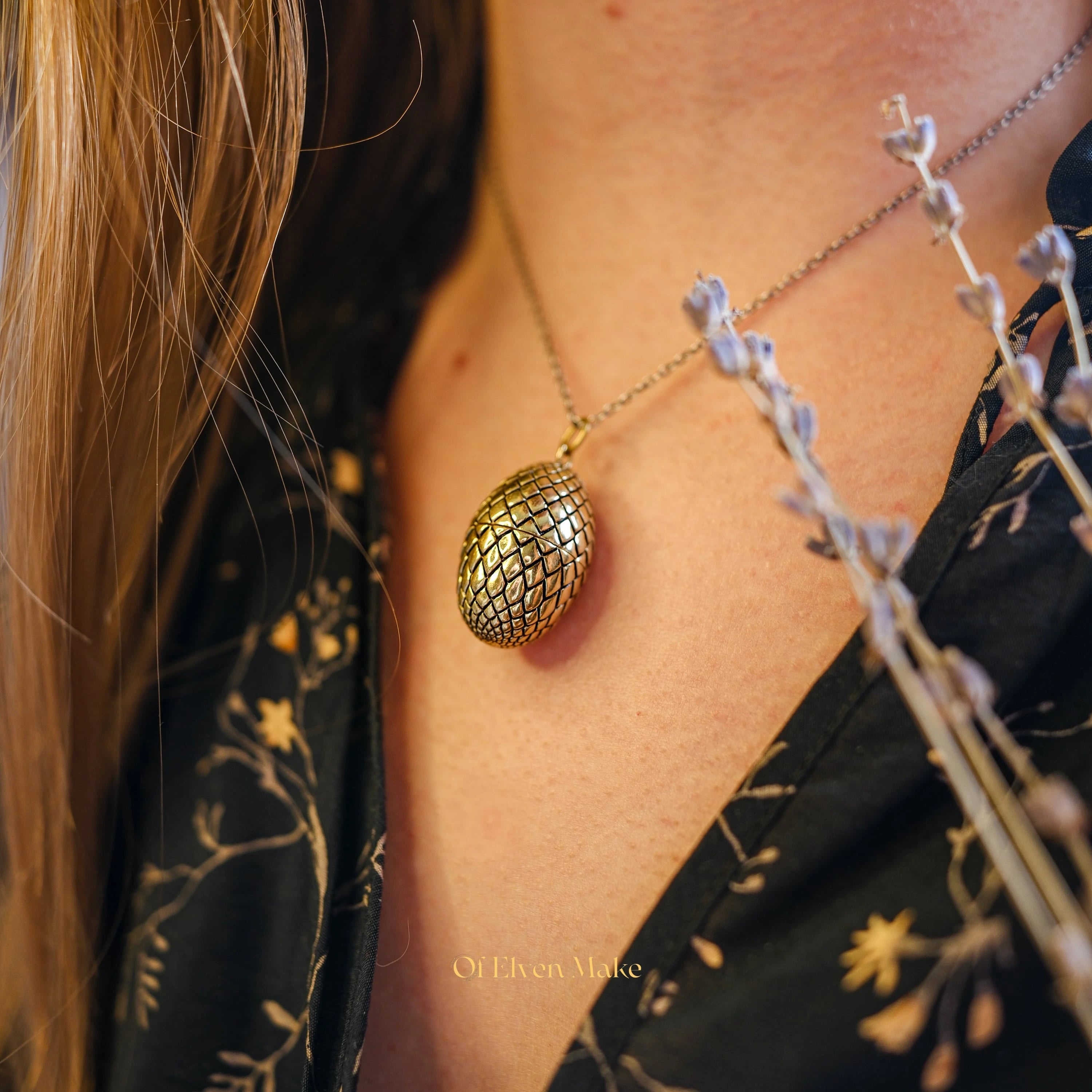
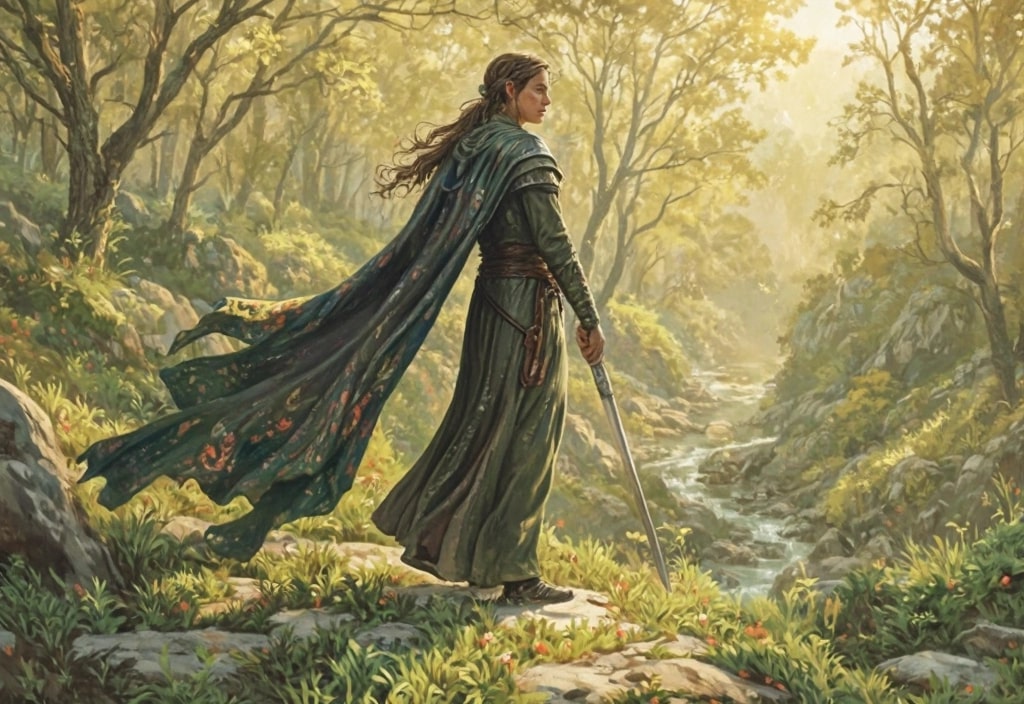
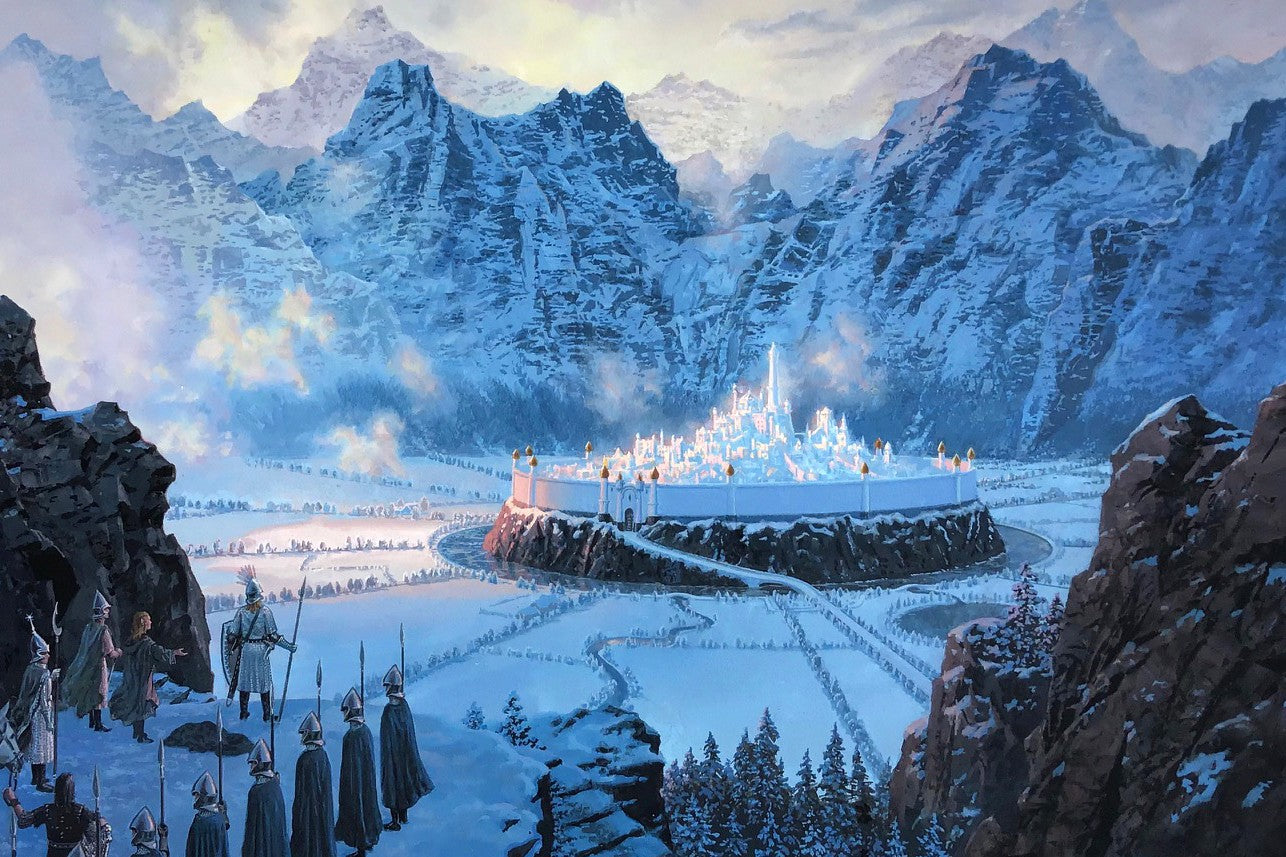
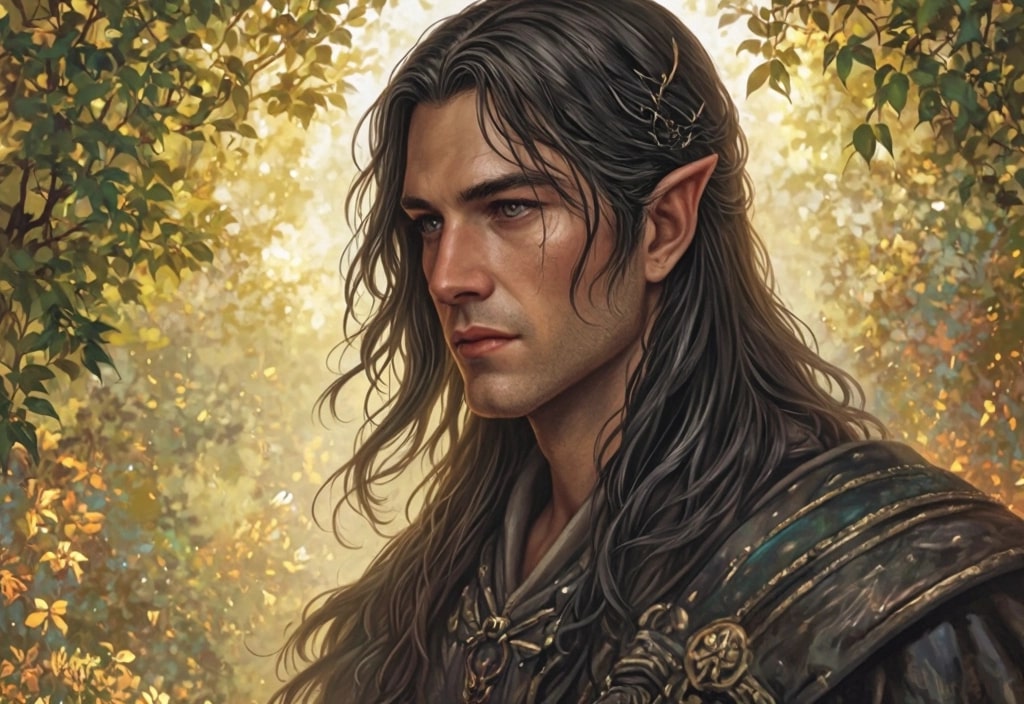
Leave a comment
This site is protected by hCaptcha and the hCaptcha Privacy Policy and Terms of Service apply.